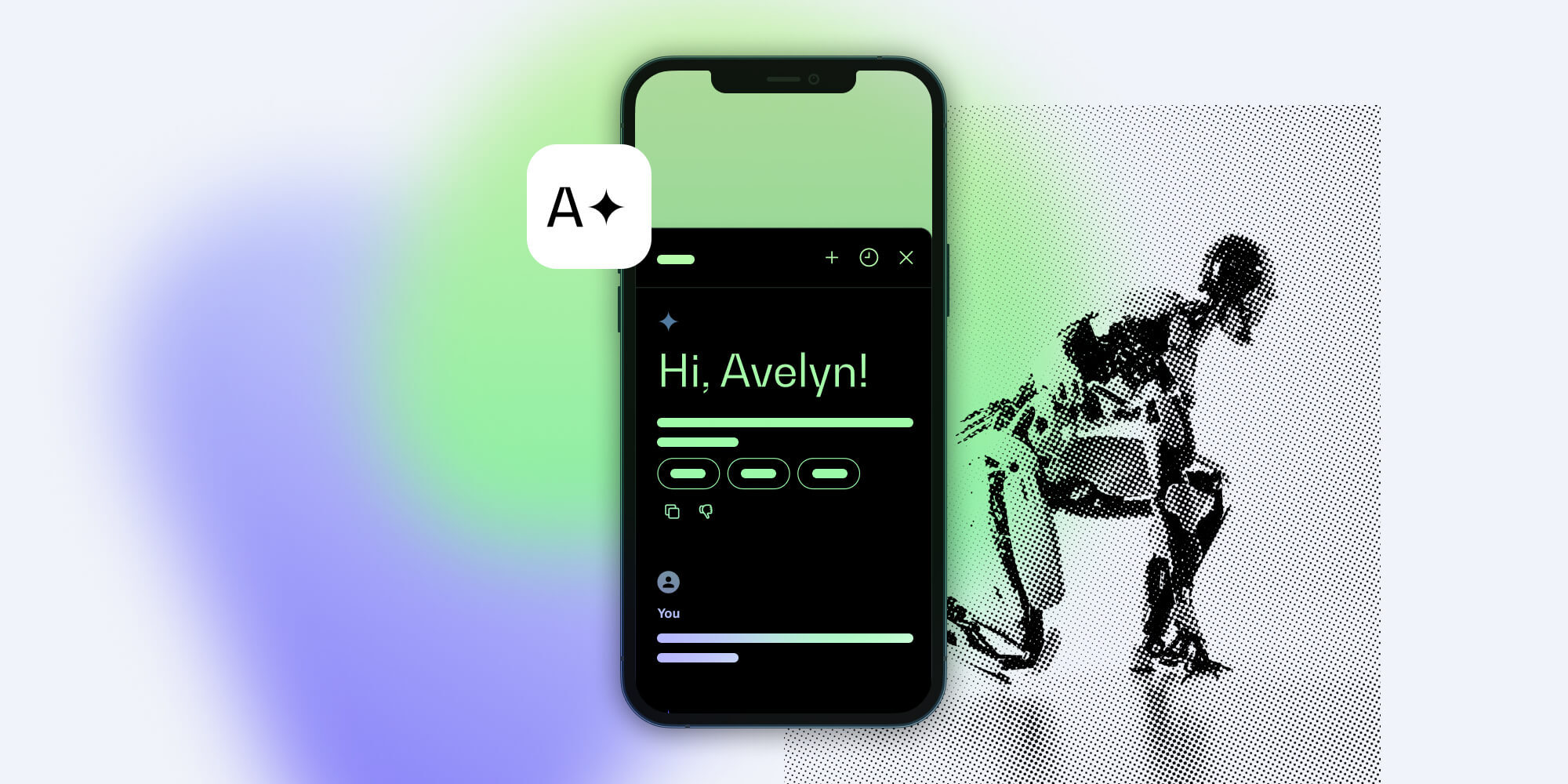Part I — The Rise of Generative AI on Mobile Devices


This post is part 1 in a four-part series on The Future of Generative AI on Mobile Devices.
Get ready for a game-changing era as generative AI starts to make its mark on mobile devices. This innovative technology has the potential to transform our AI mobile experiences and open up new possibilities. From tailored content that adapts to your interests, to creative tools that help you express yourself, generative AI could change the way we interact with our mobile devices. In this series, we’ll explore the world of generative AI on mobile devices, looking at its potential, the challenges it faces, and some real-world examples. Find out how generative AI could shape the future of mobile technology and create new opportunities for innovation.
The Rise of Generative AI on Mobile Devices
The emergence of generative AI on mobile devices is a testament to the incredible progress of technology. The rise of large language models (LLMs) like GPT-4 and Google’s PaLM has made generative AI more accessible, unlocking its vast potential for a broader audience. These models are capable of understanding and generating human-like text, paving the way for more personalized and intelligent mobile AI applications.
The increasing power of mobile devices is also driving the rise of generative AI smartphones. Modern smartphones and tablets are now equipped with advanced processors and dedicated AI hardware, allowing them to perform complex AI tasks that were once the domain of desktop computers. This has created new opportunities for developers to create AI-powered mobile technology that can meet the needs of mobile users.
How Generative AI Is Transforming, Advancing, and Democratizing Mobile Experiences
The demand for personalized and engaging content and experiences on mobile devices has pushed the use of generative AI apps. Users now expect their devices to understand their preferences and provide tailored recommendations, enhancing their overall experience. Generative AI excels at this, as it can analyze user data and generate customized content, recommendations, and even personalized user interfaces.
The progress in on-device machine learning and edge computing has been a game-changer, making generative AI more practical for mobile devices. These technologies allow AI tasks to be carried out directly on your device, reducing delays and enhancing privacy. As a result, generative AI can now be used for tasks that demand real-time processing, such as image recognition, natural language processing, and augmented reality.
Moreover, the integration of AI-powered functionalities into mobile operating systems and app stores has democratized generative AI. It’s now super easy for you to look for and download AI-powered apps that can seamlessly slot into your daily routine. This ease of use has already propelled generative AI into the tech mainstream and will quickly be expected in everyday life.
Apple’s Role in Shaping AI on iOS
Apple Intelligence, for instance, exemplifies this trend by promising to integrate AI features directly into iPhone, iPad, and Mac. Announced at WWDC 2024, it’ll enhance user experiences with personalized assistance and contextually relevant interactions while maintaining privacy through on-device processing. For iOS engineers, Apple Intelligence leverages the Core ML and Create ML frameworks, enabling seamless integration of machine learning models into apps. These models run on devices using Apple’s custom silicon, optimizing performance and privacy. Features like natural language processing in Siri, enhanced photo search capabilities, and the new Image Playground for creating Genmojis showcase how AI can enrich app functionality and user experience.
Looking Forward
In summary, the emergence of generative AI on mobile devices is the result of several key developments: the evolution of large language models (LLMs), the availability of high-performance mobile hardware, the demand for personalized experiences, advancements in on-device machine learning, and the integration of AI-powered features into mobile platforms. Together, these factors have set the stage for generative AI to revolutionize our mobile interactions, promising a future of limitless potential and unparalleled experiences.
Introducing Avelyn: The Future of AI-Enhanced Document Solutions
On that note, we’re excited to announce the beta of our AI document assistant, Avelyn. We’re integrating AI into our developer document SDKs and augmenting our document workflow solutions, including our mobile and web PDF SDKs. Our document SDKs provide customizable, easily integrated options that support major platforms and a wide range of programming languages. Over the past year and a half, we’ve seen our customers’ interest in these AI initiatives accelerate. We strongly believe that AI, when implemented in a human-friendly, specific use case-driven way, can be harnessed to innovate beyond paper. Join us at avelyn.ai and experience the future of AI-enhanced document solutions firsthand.





